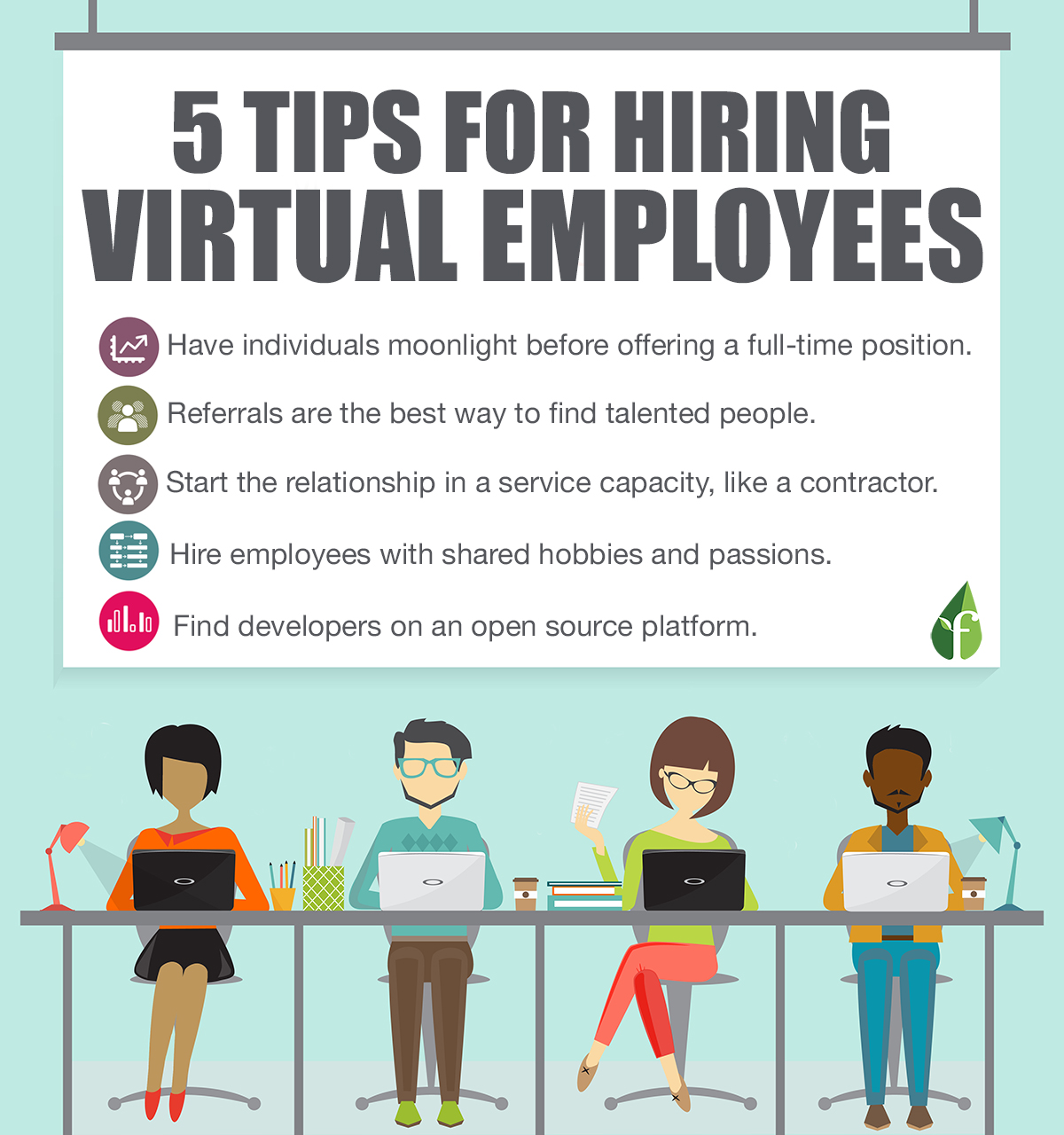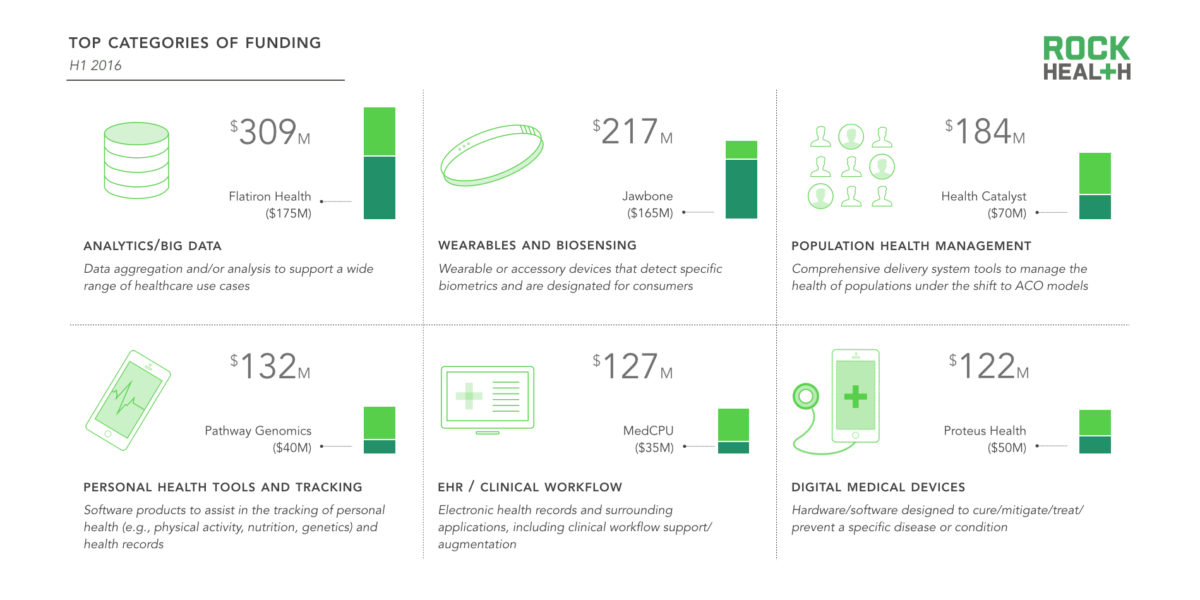Source : Founder Institute
Remark CB : To build a company is more a kind of an art then science. Like with a good recipient it depends on the right ingredients in perfect balance.
Startups and innovative technology have become so synonymous with one another, that many people now think that you can’t create one without the other. And while it is necessary to have an understanding of the technology that you’re building, you actually don’t need to be a developer or engineer or computer scientist to launch an impactful company.
If you’re an aspiring entrepreneur who wants to launch a tech startup but doesn’t have much tech experience, this blog post will give you the wisdom you need to build your dream company, featuring insights from Weiting Liu, the founder and CEO of Codementor.
Can Anyone with Any Level of Technical Proficiency Start a Company Today?
Believe it or not, you don’t have to have ANY tech experience to launch a tech company. Remember, if your goal is to build an app, your mission isn’t to learn how to build an app; rather, your mission is to learn how to get things done.
Regardless of how talented you are, you are going to find yourself - at least several, if not many times - not being able to do something to run your company. Even if you’re an experienced technical founder, your financial, marketing, or managerial skills may be lacking, which means you’ll have to adapt to the needs of your growing company and compensate.
Bottom line: not being able to code is no excuse to not build a company, as coding is only one of many tasks.
How Do You Build a Company Without Tech Experience?
Because of the proliferation of various tech-based markets, it’s getting easier and easier for someone to create a tech product without a degree in engineering or computer science. For example, there are numerous platforms that enable users to build apps without any coding experience, which is a great way for budding founders to build a minimum viable product (MVP).
At the very least, non-tech founders now have the resources that allow them to at least build a mockup of their offering to attract the interest of those with the expertise to build a more finalized product.
Your MVP is Up and Running. What Next?
Once you’ve built your working MVP, your next step is to show it to as many users as possible and get their feedback. If you consistently get feedback on a specific feature or set of features, make the necessary changes to the best of your ability.

During this process, it’s important to keep these two points in mind:
Ensure that you’ve built your MVP with the flexibility to make changes as you get feedback from users.
Continuously learn how your product works with each iteration so additions and fixes can be made more quickly.
Do You Need a Technical Co-founder Early On?
If you can make changes to your project based on user feedback on at least a weekly schedule, recruiting a technical co-founder at this stage is not necessary. Especially since your product is basically the company itself, doing as much work by yourself will save you time and money.
While it may be tempting to outsource your code to a freelancer, this isn’t recommended, as the iteration cycle is far too long to make any meaningful progress on your product.
Project Management Skills are a Must-Have
As a non-tech founder, it’s important to develop a variety of other skills to compensate for a lack of technical expertise, including basic product management principles. Also, as part of your role, you should take the time to learn at least a little bit of the primary language of your product for a variety of reasons. If you don’t know how to speak to developers, if you don’t know how to set deadlines, if you don’t know what a product development sprint is, you’re going to be lost in the lingo of the people working for you.
Learning a little bit of code can go a long way. For example, if your developer gives you an estimate of how long it will take to build a feature or fix a bug, just having some basic coding skills can help you gauge if that estimate is correct, and will enable you to better articulate the needs of the product to the developers.
Learn How to Communicate with Developers
You can’t write good requirements if you don’t have some understanding of the technology of your product. All modern technology systems consist of a front end and a back end, so it’s essential to understand how these work as they pertain to your product. For those of you not familiar with these terms, the front end is what a user sees on a website, software, or app, while the back end exists on the servers, and features the database, the application layers, etc. that process the data and presents information to the front end.
Many novice founders write requirements by only describing the front end while neglecting the back end, relying on their partners or employees or outsourcers to figure out the back end. This is dangerous, and will greatly increase the risk of delays and miscommunications. Remember, don’t underestimate the power of learning a bit of code.
Also, when communicating with developers, it’s important to keep your scope as limited as possible and to focus on the primary function of your product. If your product’s core function is weak, no amount of flashy features are going to make your product stronger.
Inhouse or Outsource?
As mentioned earlier, try to build everything yourself for as long as possible, or at least keep it inhouse for as long as possible. Especially during the formative stages of building your product, you should directly oversee the core experience of your product, as you are the one getting the initial customer feedback.
However, if for whatever reason you choose to outsource your user experience, you should only do so if the freelancer can have meetings with you on a daily basis and produce product iterations on AT LEAST a weekly basis. Basically, if you’re going to outsource your product to a freelancer, only do it if you can treat them like an inhouse developer.
Additional product features, on the other hand, can definitely be outsourced as need be, as features that are not relevant to the core user experience should only serve to enhance the product, and can thus be handled with more leniency.
Should You Hire a Project Manager Early in the Process?
While this is not exactly common practice among startups (yet), hiring a project manager early on during the formative stages of a startup can yield some surprising benefits. Even without the burden of learning how to code, writing requirements for a product’s front end and back end, holding regular meetings with developers, planning product iteration deadlines are difficult tasks, even for non-tech founders. Hiring someone who specializes in this kind of role can be a potential shortcut for early stage non-tech founders.
How Should You Pick Your Technology?
If you are setting out to build a tech-based product, start by first basing it on a technology that has a large online community that is currently active to ensure that your offering will appeal to a wide audience. Also, be sure to pick a technology that is prevalent and relevant, as this will increase your chances of finding a co-founder that is up to speed and won’t need to go through an extended learning curve. Or, if you already have a co-founder in mind, build your product on the technology that they are most familiar with already.
Final Thoughts
Starting a company is hard. It’s stressful and unpredictable and daunting. However, learning how to code is actually one of the easier aspects of launching a tech startup, even if it’s just a little bit. Technology is constantly changing, so it’s important to constantly keep abreast of current trends and to learn emerging methodologies. If you can keep up with the pace of technology, then you will be better equipped to keep up with the demands of your company.




